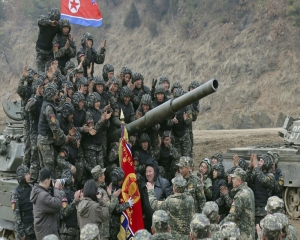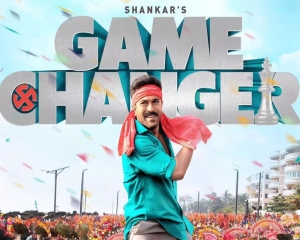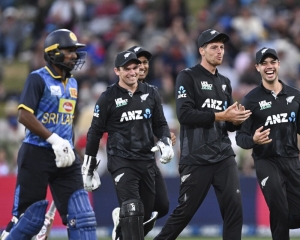Ahead of the January 26 Republic Day celebrations, Prime Minister Narendra Modi will on Wednesday inaugurate three museums in Red Fort as a tribute to martyrs of Independence era.
These include a museum showcasing role of Netaji Subash Chandra Bose’s INA; “Azadi-Ke-Diwane” in remembrance of martyrs of India; and “Yaad-e-Jallian” museum to honour those killed in the Jallianwala Bagh massacre 100 years ago.
The museums showcase an interesting mix of archival material and state-of-the-art technology which would create an immersive experience for visitors as well as students of history.
For instance, it has been tried to create scenes based on the letters exchanged and archival materials of the period that the Archeological Survey of India (ASI) could gather from various sources.
Bose’s army INA trials were held inside the precincts of the historic monument. Several officers of the INA were court martialled here in November and December 1945, said an ASI official.
The inauguration of museum on Bose comes a less than a month after the Prime Minister renamed three islands of Andaman and Nicobar archipelago as a tribute to the freedom fighter. The Ross Island was renamed as Netaji Subhas Chandra Bose Dweep, the Neil Island as Shaheed Dweep and the Havelock Island as Swaraj Dweep as was suggested by Bose in 1943.
Azadi-ke-Diwane museum houses original archival material and replicas related to 1857 with 70 original paintings on the uprising, said an official, adding that names of the martyrs available from the ICHR has been put on display as a mark of tribute to known and unknown freedom fighters.
The third museum showcases incident on massacre of Jallianwala Bagh, alongside archival material on India’s participation in WWI. This interactive museum aims to enlighten visitors particularly youth about the occurrences in Punjab and the rest of India leading up to the Jallianwala Bagh massacre on April 13, 1919.
Jallianwala Bagh houses a memorial of national importance, established in 1951, to commemorate the massacre of peaceful celebrators, including unarmed women and children by British occupying forces, on the occasion of the Punjabi New Year (Baisakhi). The exact number of fatalities is unknown with various newspapers giving different data.
On the display will be ancient public records, private papers, photographs, paintings, sketches, illustrations, contemporary newspapers reports, journals and periodicals, proscribed literature, audio archives, films clippings, videotapes, animation and multimedia.
Disclaimers have been put at various places as we are not sure of some names which have been collected from various sources, said the official, adding spaces have been left to add left out names also in case someone comes with a proof.
“These have been procured from various sources. Some are original while a few are replicas. At some places, we have tried to use audios or visuals of the period which have been made available from various sources,” the official added.


























